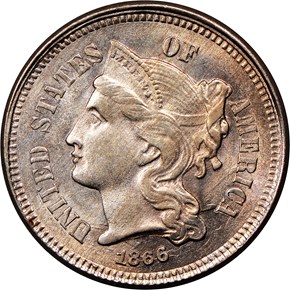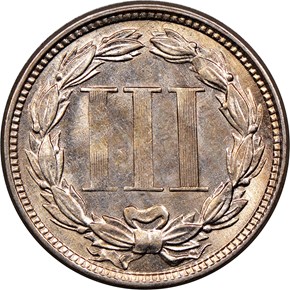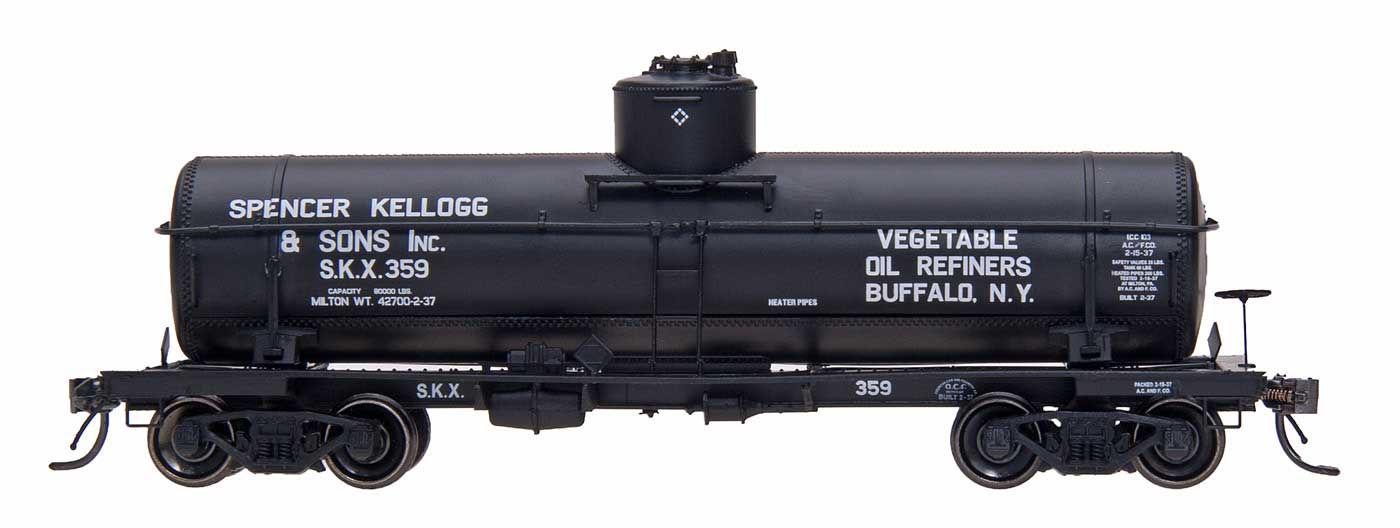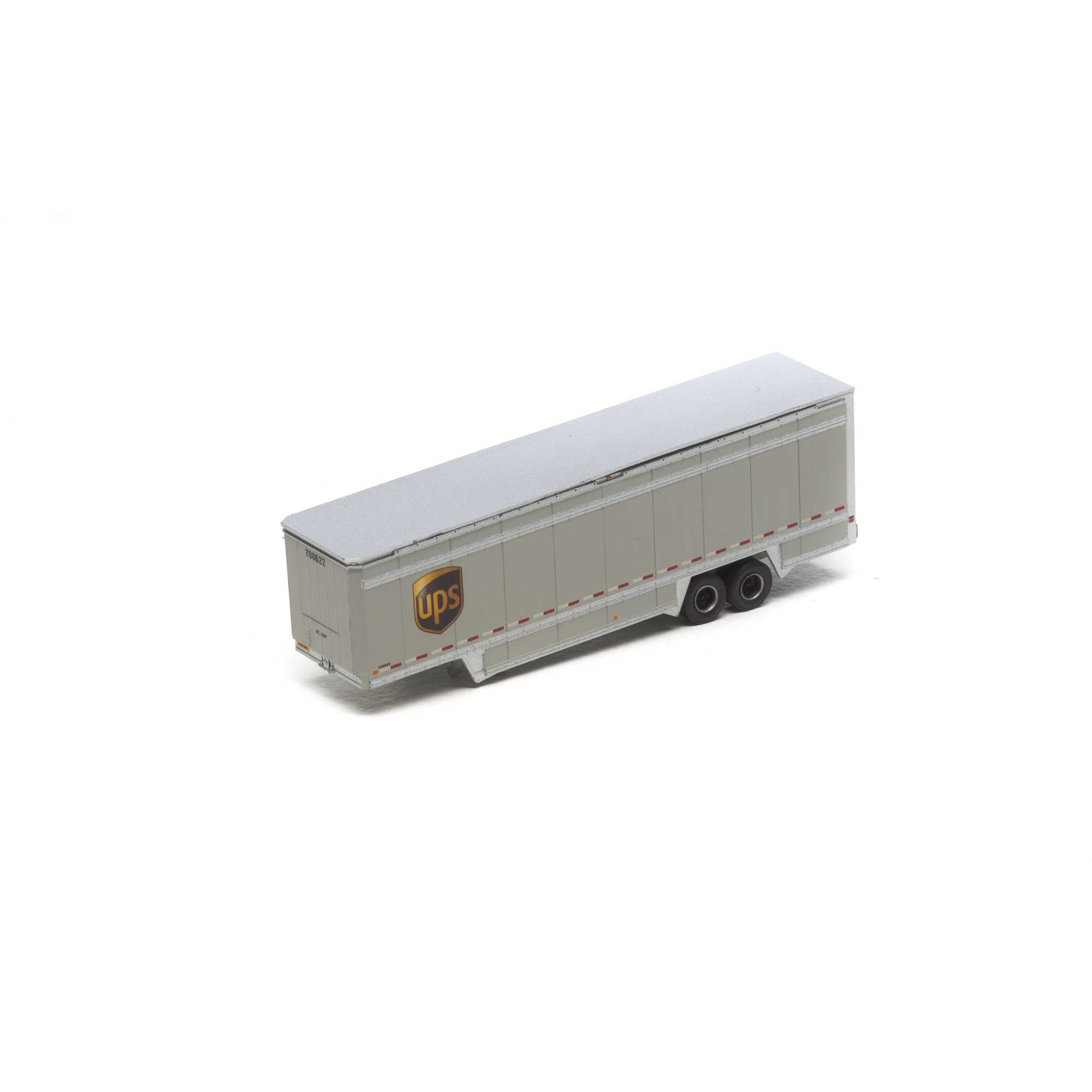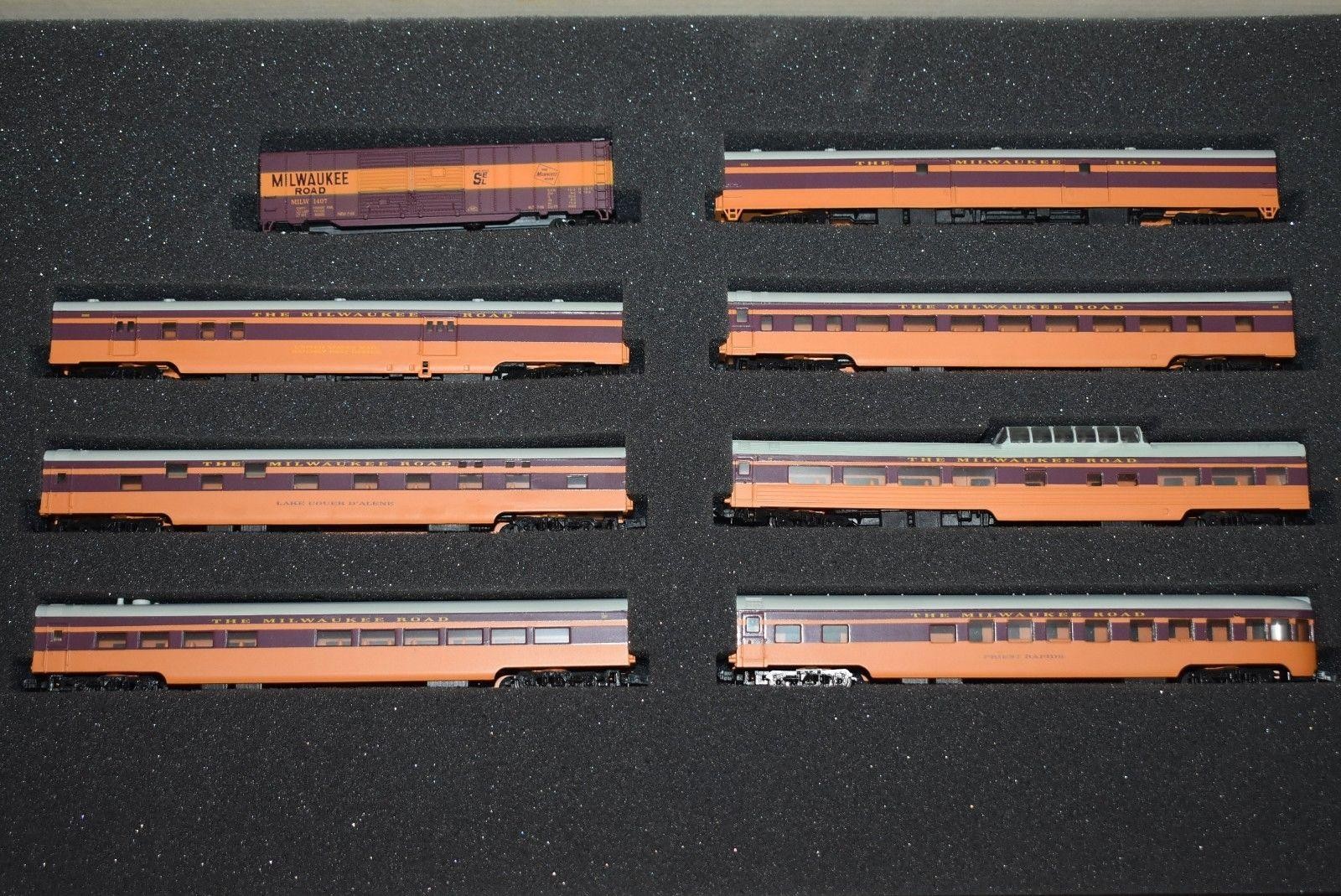Civil War era silver shortages led to widespread hoarding of all silver coins, and most one and five cent coins as well. Various alternatives were tried, including encapsulated postage and privately issued coinage. The Treasury eventually settled on issuing fractional currency. These small denomination (3 to 50 cent) notes were never popular, as they were easy to lose and unwieldy in large amounts. The answer to this issue was reached in 1865 with the introduction of the three cent nickel coin. This coin was composed of copper and nickel and was larger than the silver coin of the same denomination. The coin featured a Liberty head obverse and another Roman numeral 'III' reverse. The three cent nickel was never intended as a permanent issue, only as a stopgap measure until the wartime hoarding ceased. Production began to taper off in the 1870s (except for an anomalously large coinage in 1881), but mintage of the denomination did not finally end until 1889. One reason often given for the discontinuation of the three cent nickel piece in 1889 is that this coin and the dime (10 cent silver coin) were identical in diameter, and hence caused confusion upon the introduction of mechanical vending machines.[dubious – discuss] Another factor may have been that in 1883 the letter postage rate dropped to 2 cents, thus removing the justification for this coin.
The three cent nickel was only minted in Philadelphia and, except for a larger date on the 1889 pieces, had no design differences throughout its run. Over the course of the series mintage declined, and some of the dates are scarce. But, with an 1865 mintage of over eleven million, a type piece can be inexpensively obtained.
Please not that James Barton Longacre designed both the silver and the nickel versions of this coin.
If you see errors or missing data in this entry, please feel free to log in and edit it. Anyone with a Gmail account can log in instantly.


